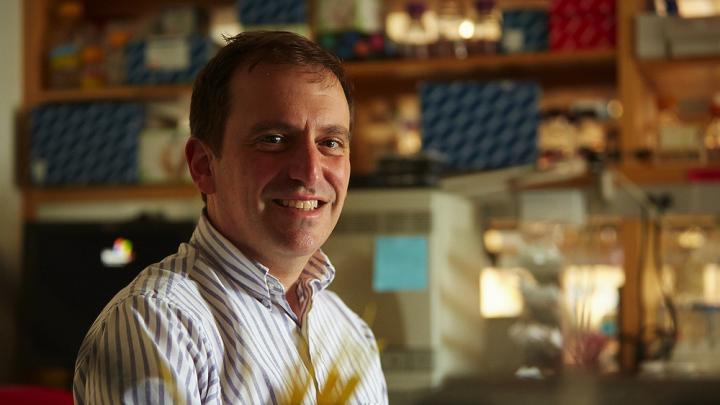In a mid-day conference call on Friday, March 20, epidemiologist Marc Lipsitch, a professor at the Harvard T.H. Chan School of Public Health and director of the school’s Center for Communicable Disease Dynamics, emphasized five areas in which the federal government must act during the next 12 to 18 months, beginning immediately, he said.
1. Scale up “the production of serologic testing”—testing for antibodies in people who have already been infected and recovered.
That, he said, would allow scientists to “identify people who are at low risk of reinfection” or who might be completely protected from infection and “allow them to get back to work.” This would help mitigate the economic damage caused by the public-health measures invoked to combat the virus, and would establish a small but growing corps of healthcare workers with a degree of immunity to SARS-CoV-2 who could safely care for the sickest patients. Such testing would also enable epidemiologists to track the progress of the disease, determine the level of so-called “herd immunity” in the population (the protection that individuals who are immune to infection confer on individuals who remain susceptible), and other benefits.
Knowing the precise level of infection and immunity in the population would allow temporary easings of social-distancing measures, to keep the caseload of hospitalized patients below a threshold with the potential to overwhelm the U.S. healthcare system. If this strategy were to be implemented, more of the population might be exposed to the virus gradually, enabling hospitals to manage severe cases in order to minimize the total number of deaths. Lipsitch previously estimated that 20 percent to 60 percent of the global population would likely become infected with the virus.
2. Hospitals are running low on personal protective equipment (PPE). Production of such items, including ventilators, needs to take place on a “wartime footing.”
In some places, healthcare workers are reusing masks, and a call has gone out to seamstresses to make cloth masks. [Editor's note 3-21-2020, 8:50 AM: nurses in two of the most prominent Harvard teaching hospitals report being sent directions on how to sew their own mask covers so they can reuse the same mask repeatedly; others have been told to print their names on their disposable masks.] “This is not an adequate national response,” Lipsitch said. “Companies that can produce PPE should be producing nothing but PPE….Those companies that can produce RNA extraction kits [to test for infection] need to be organized…to manufacture those, and similarly for the swabs [used to take samples from the back of the throat].” Increasing the capacity of labs to process the tests is “a harder challenge,” he admitted. “But…we are the world leader in biotechnology; that should not be an insurmountable problem.” Although there is “talk from Washington about doing that,” he noted, “it doesn’t actually seem to be happening on a real-time basis.”
3. The federal government must act to protect critical infrastructure.
We need to “make sure that we have backups for the crucial items of production: power, water, transportation, and cyber infrastructure.”
4. Planning for the election in November should begin now.
This needs to happen so that “we can have a democratic, fair, and open election” regardless of whether the infection is still present. Lipsitch, writing with former Secretary of the Navy Richard Danzig, elaborated on this point and others in a March 20 opinion piece on Bloomberg News.
5. States should join forces to deliver the best means possible of providing remote education (as well as the nutritional benefits of lunch for low-income students) during what may be an extended period of absence from school.
The best epidemiological estimates, Lipsitch said, suggest that asymptomatic individuals are responsible for as much as 50 percent of all transmission of the virus. That is the rationale behind limiting the size of gatherings, because “the number of transmission opportunities in a gathering is proportional to the square of the number of people” present, he explained. Without adequate testing capacity, which means fighting an invisible foe, the implication is that extreme public-health measures—from social distancing to self-isolation to enforced quarantine—may be with Americans, and indeed people around the world, for some time.









